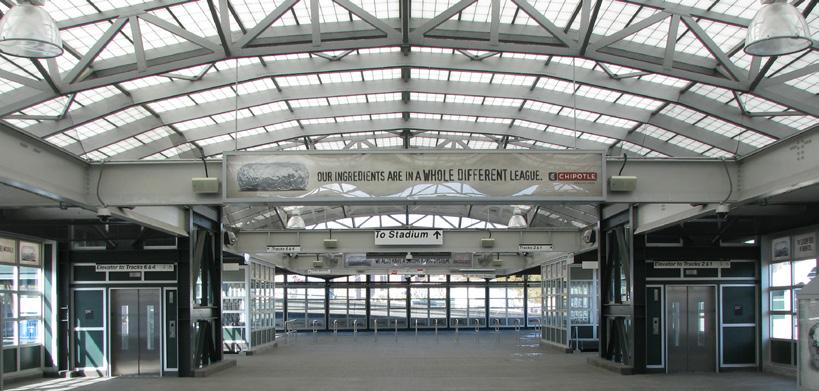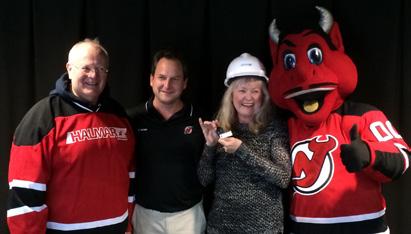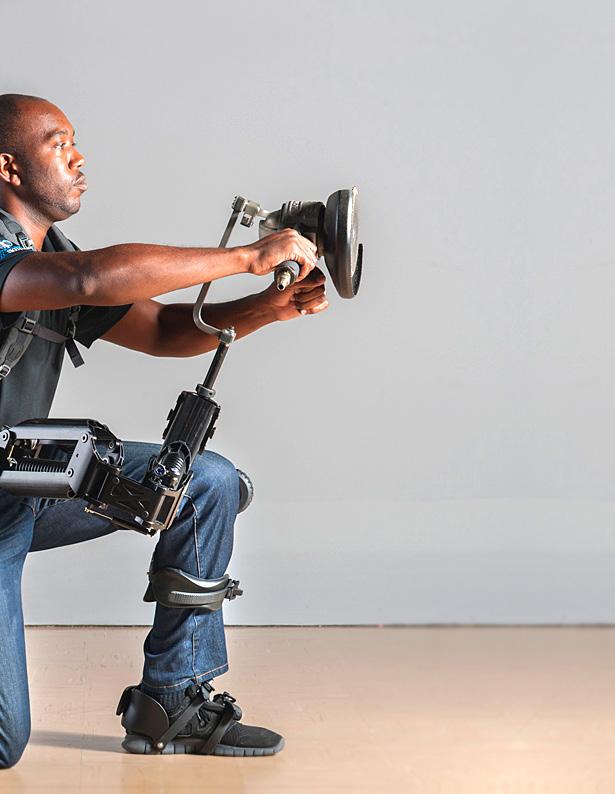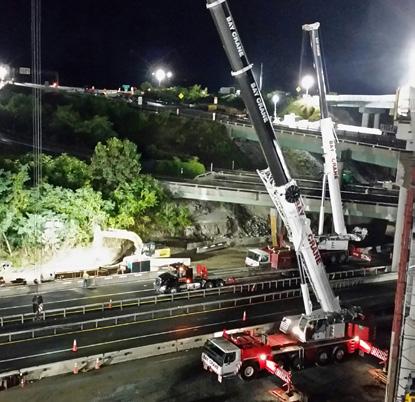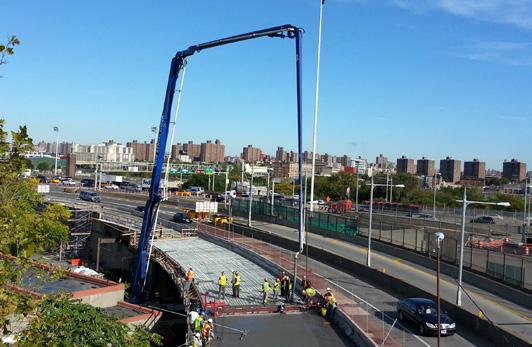DESIGN-BUILD:
AS SEEN THROUGH THE EYES OF RAMP MQ Design–Build (or Design/Build, and abbreviated D–B or D/B accordingly) is a project delivery system used in the construction industry. It is a method to deliver a project in which the design and construction services are contracted by a single entity known as the design–builder or design–build contractor. In contrast to “design–bid–build” (or “design–tender”), design–build relies on a single point of responsibility contract and is used to minimize risks for the project owner and to reduce the delivery schedule by overlapping the design phase and construction phase of a project. “DB with its single point responsibility carries the clearest contractual remedies for the clients because the DB contractor will be responsible for all of the work on the project, regardless of the nature of the fault.”
Ramp MQ Project
Halmar’s impressive history of expertly crafted Design-Build projects has placed us at the forefront of Design-Build project delivery. This has required careful planning, professional execution, and a successful track record to be successful. Halmar International has the expertise and experience of over a billion dollars’ worth of Design-Build work, which includes: the first or first significant Design-Build projects for NYSDOT, NYCTA, MNCR, NJT, NYCDOT and TBTA. The fact that so many agencies have selected us to deliver their first D-B projects is a testament to our consistent commitment to quality, safety, and innovative value-engineering.
HIWAY | 8
The 26-month project to reconstruct the 54,000-square-foot Ramp MQ called for design and replacement of the existing elevated ramp to meet HS-25 design loads and current seismic standards. Thanks to expert utilization of the design/build format, the overall process was accelerated with portions being built upon completion of their respective designs. The project was completed in June of 2014, approximately 4 months ahead of schedule. Halmar was tasked with maintaining two lanes of traffic during peak driving hours where the ramp carried an average of 170,000 vehicles daily. Engineers were able to do this by constructing a temporary two-lane wide bridge between the ramp and the main roadway, utilizing open, unused space. During the design phase, the team also found concrete in 8 pier caps to be inadequate, and negotiated and designed new pier caps without substantially impacting the project schedule. RK-73 was TBTA’s second and largest-to-date Design-Build contract. The 19 span replacement was completed early and under budget. Innovative traffic management maintained the travel lanes while accelerating project schedule. The project entailed widening a portion of the ramp; design and retrofit footings; and, replacement of pedestals, bearings, decks and
fixtures. The scope of work included replacement of steel superstructure with a new galvanized steel superstructure and a concrete deck. The substructure and footings were retrofitted and the use of seismic isolation bearings reduced the demand on the existing substructure. The procedures and processes in place allowed Halmar to achieve virtually no remedial work. The fact that a project of this magnitude was completed without the necessity of any rework is highly indicative of the level of quality involved. Part of the reason for Ramp MQ’s success was Halmar’s dedication to setting the tone during the project’s early stages that quality was important and that re-work of any kind would not be tolerated. Construction Work Plans were detailed and richly developed. A Quality Control Manager was present on-site on a full-time basis, while Construction Managers worked with Superintendents and QC Managers on a daily basis. Keeping everyone aware of any potential problems as early as possible and as openly as possible was integral to the project’s success. Ramp MQ highlighted Halmar’s dedication to delivering not only the best in Design-Build, but also the best in teamwork, open communication and a desire to succeed.
HIWAY | 9

